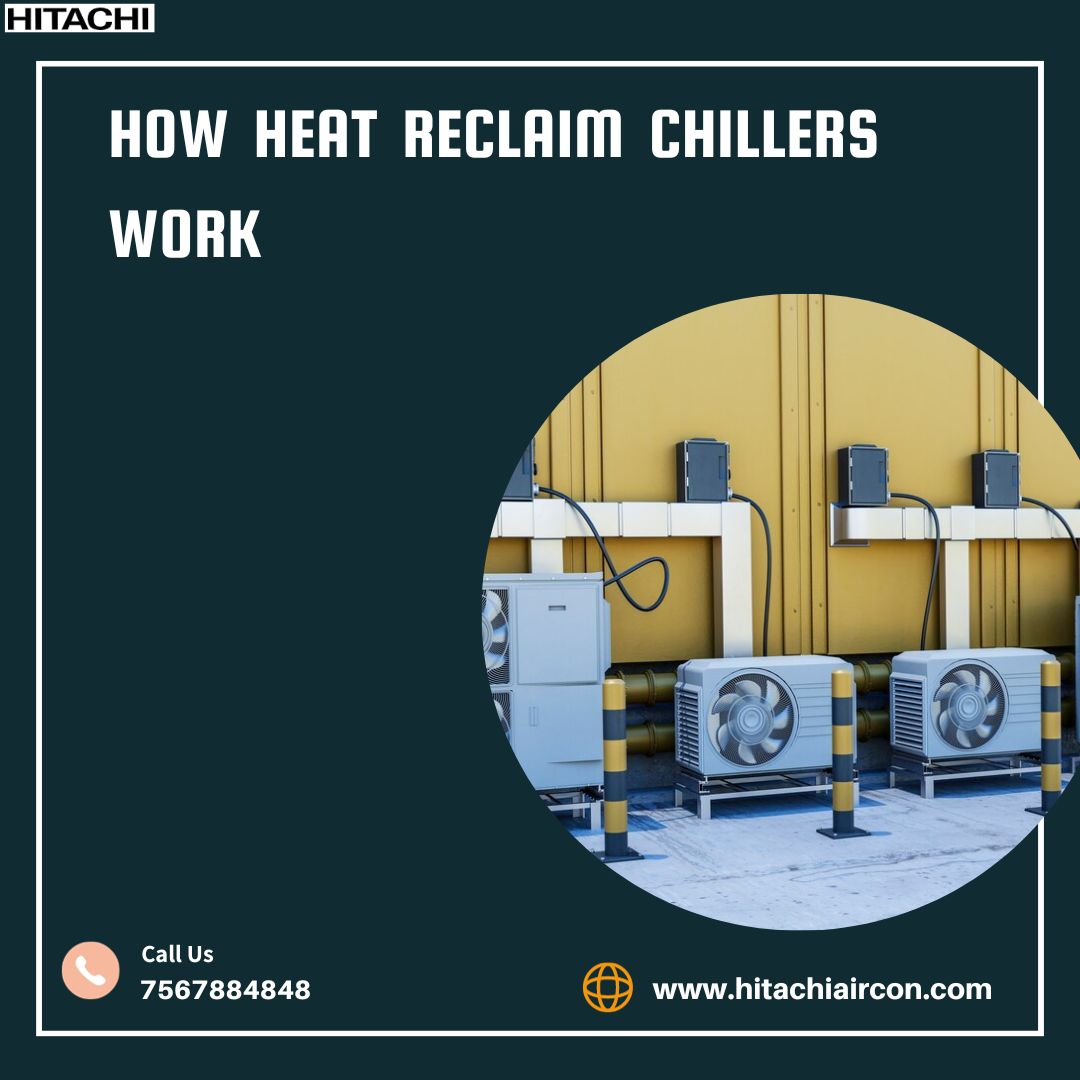Heat reclaim chillers, also known as heat recovery chillers, are an energy-efficient type of HVAC system that can help reduce energy costs in commercial buildings. As electricity prices continue to rise, facility managers are looking for ways to save on energy expenditures. Installing a heat reclaim chiller is one way to utilize waste heat and reduce the load on traditional HVAC systems like home AC units.
What is a Heat Reclaim Chiller?
A heat reclaim chiller captures the excess heat that is a byproduct of cooling systems and reuses it for heating purposes. Traditional chillers release heat into the outdoor air during the cooling process. This wasted energy can account for up to 80% of a chiller’s total energy consumption.
Heat reclaim chillers work by capturing this discharged heat and redirecting it back into the building’s water loop system. The reclaimed heat can then be used to heat domestic water, swimming pools, preheat boiler water feeds, and more. This allows building owners to reduce gas and electricity consumption related to heating.
How Does a Heat Reclaim Chiller Work?
Heat reclaim chillers have two separate refrigeration circuits – one for cooling and one for heat recovery. Here is an overview of the heat recovery process:
· The primary refrigeration circuit cools water or glycol like a traditional chiller. As it absorbs heat from the liquid, the refrigerant gets hot.
· The hot refrigerant passes through a heat exchanger, transferring its heat to the secondary circuit.
· The secondary circuit has its own compressor and refrigerant loop. As it absorbs the heat from the primary circuit, the refrigerant in the secondary loop gets extremely hot.
· The superheated refrigerant in the secondary loop circulates into a heat recovery heat exchanger. Here, it transfers its heat into the building’s water loop system.
· The now cooler refrigerant flows back through the expansion valve, where it once again absorbs heat from the primary cooling circuit.
This cycle constantly harvests heat from the cooling process and redirects it for heating applications. Modern systems can recover 60-80% of a chiller’s wasted heat.
Benefits of Heat Reclaim Chillers
Installing a heat reclaim chiller offers several benefits:
· Energy Savings – By reusing wasted heat, heat reclaim chillers can reduce HVAC energy consumption by 30-50%. This leads to substantial cost savings on utility bills.
· Reduced Carbon Footprint- Since less electricity and gas are needed for heating, these systems lower a building’s overall carbon emissions. This supports sustainability initiatives.
· All-in-One System – Heat reclaim chillers provide both cooling and heating capabilities in one machine. This eliminates the need for separate heating equipment like boilers or furnaces.
· Lower Maintenance – Because there are fewer mechanical components than a traditional HVAC setup, maintenance requirements are reduced.
· Increased Chiller Efficiency – Reclaiming heat allows the primary cooling circuit to operate more efficiently, as it doesn’t have to dissipate as much wasted heat.
· Longer Equipment Life – Diverting heat extends the operating life of chillers since the components aren’t subjected to extremely high temperatures.
Applications for Heat Reclaim
The reclaimed heat from a heat recovery chiller can be used for:
– Domestic hot water production
– Swimming pool heating
– Preheat the boiler water supply
– Underfloor radiant heating
– Absorption chilling
– Desiccant dehumidification
– Space heating via fan coils or radiators
– Industrial process heating
Larger buildings like hotels, hospitals, universities, and industrial facilities are well suited for heat reclaim chillers due to their significant hot water demands. However, the technology can benefit any commercial building looking to save on energy costs.
Key Considerations
There are several factors to consider when assessing the viability of a heat reclaim chiller:
· Climate – Heat recovery makes more sense in colder climates with year-round heating and cooling needs. Warmer climates may not benefit as much.
· Building Use – Facilities with a high coincident demand for heating and cooling are the best candidates. The system won’t be as effective if the heating and cooling seasons don’t overlap.
· Available Applications – Be sure your building can make use of the reclaimed heat. Pools, domestic hot water, and space heating are ideal applications.
· Cost – Heat reclaim chillers have a higher upfront cost than standard chillers. Consider the payback period and energy savings when budgeting.
· Space – More room is needed to accommodate the additional heat recovery components. Make sure adequate space is available.
Conclusion
Heat reclaim chillers allow commercial buildings to put wasted heat to good use. The technology can significantly reduce HVAC energy consumption and costs. Heat recovery also decreases a building’s environmental footprint. Facilities with year-round cooling and heating needs stand to benefit the most from these innovative systems like home AC units and best fridges. When properly implemented, heat reclaim chillers can be a smart investment in a building’s energy future.


